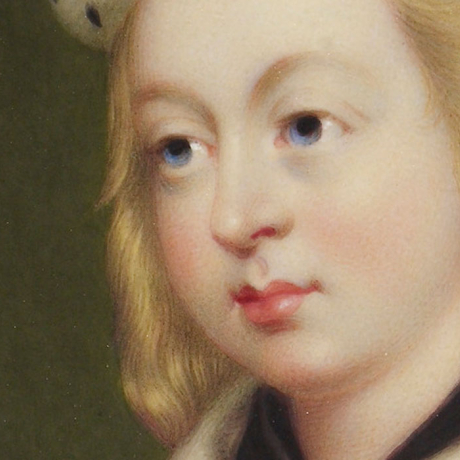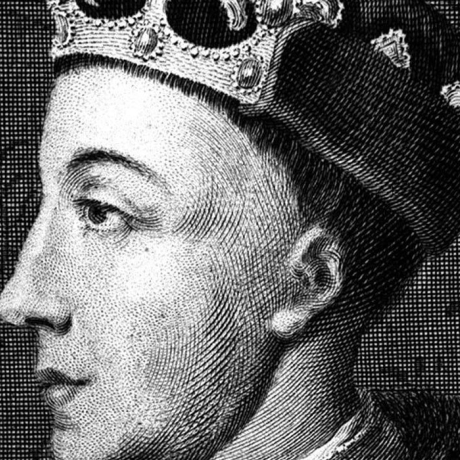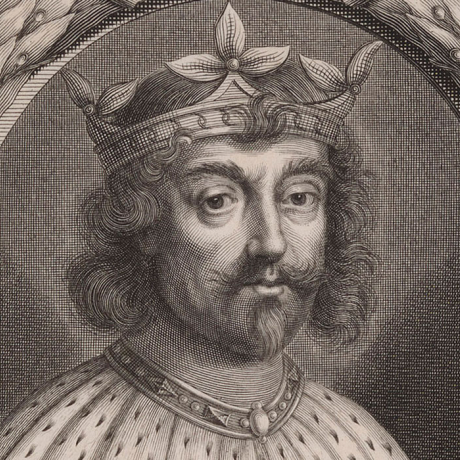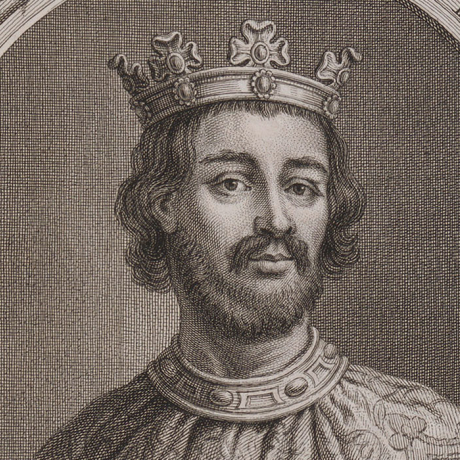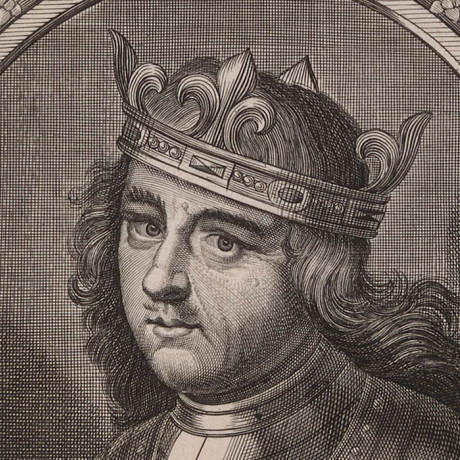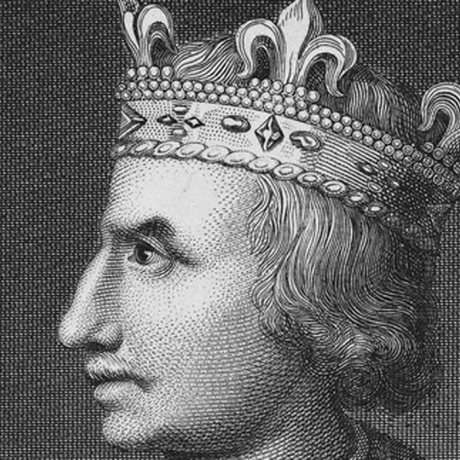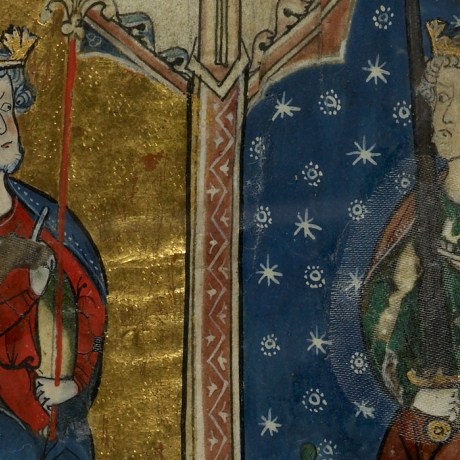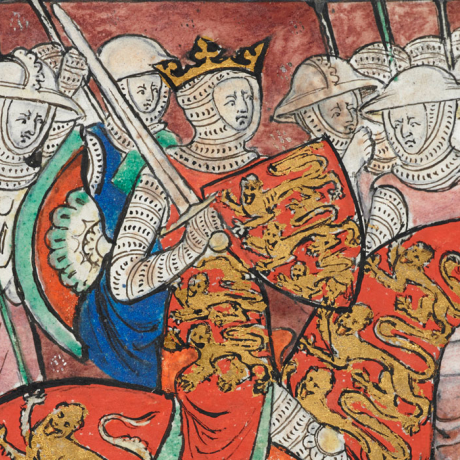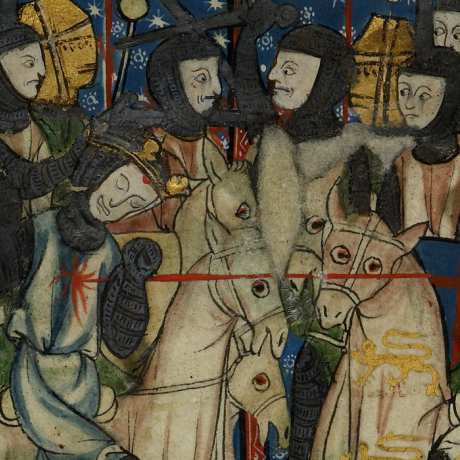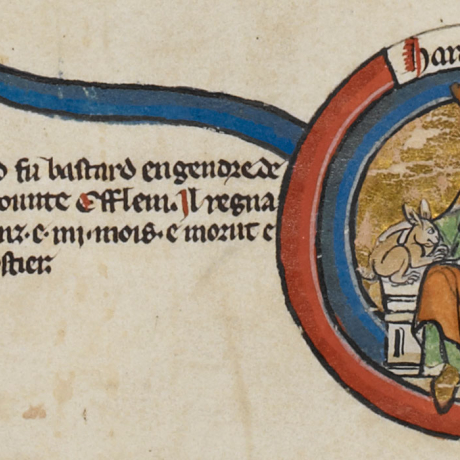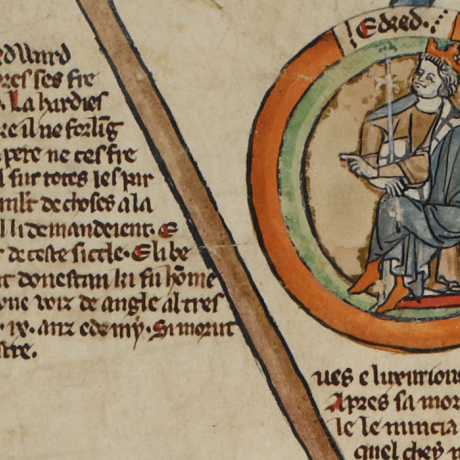In the so-called Dark Ages during the fifth and sixth centuries, communities of peoples in Britain inhabited homelands with ill-defined borders. Such communities were organised and led by chieftains or kings.
Following the final withdrawal of the Roman legions from the provinces of Britannia in around AD 408 these small kingdoms were left to preserve their own order and to deal with invaders and waves of migrant peoples such as the Picts from beyond Hadrian's Wall, the Scots from Ireland and Germanic tribes from the continent.
King Arthur, a larger-than-life figure, has often been cited as a leader of one or more of these kingdoms during this period, although his name now tends to be used as a symbol of British resistance against invasion.
The invading communities overwhelmed or adapted existing kingdoms and created new ones - for example, the Angles in Mercia and Northumbria. Some British kingdoms initially survived the onslaught, such as Strathclyde, which was wedged in the north between Pictland and the new Anglo-Saxon kingdom of Northumbria.
By AD 650, the British Isles were a patchwork of many kingdoms founded from native or immigrant communities and led by powerful chieftains or kings. In their personal feuds and struggles between communities for control and supremacy, a small number of kingdoms became dominant: Bernicia and Deira (which were united to form Northumbria in AD 651), Lindsey, East Anglia, Mercia, Wessex and Kent.
Until the late seventh century, a series of warrior-kings in turn established their own personal authority over other kings, usually won by force or through alliances and often cemented by dynastic marriages.
According to the later chronicler Bede, the most famous of these kings was Aethelberht, king of Kent (reigned c.560-616), who married Bertha, the Christian daughter of the king of Paris, and who became the first English king to be converted to Christianity (St Augustine's mission from the Pope to Britain in 597 during Ethelberht's reign prompted thousands of such conversions).
Ethelberht's law code was the first to be written in any Germanic language and included 90 laws. His influence extended both north and south of the river Humber: his nephew became king of the East Saxons and his daughter married king Edwin of Northumbria (died 633).
In the eighth century, smaller kingdoms in the British Isles continued to fall to more powerful kingdoms, which claimed rights over whole areas and established temporary primacies: Dalriada in Scotland, Munster and Ulster in Ireland. In England, Mercia and later Wessex came to dominate, giving rise to the start of the monarchy.
Throughout the Anglo-Saxon period the succession was frequently contested, by both the Anglo-Saxon aristocracy and leaders of the settling Scandinavian communities. The Scandinavian influence was to prove strong in the early years.
It was the threat of invading Vikings which galvanised English leaders into unifying their forces, and, centuries later, the Normans who successfully invaded in 1066 were themselves the descendants of Scandinavian 'Northmen'.










